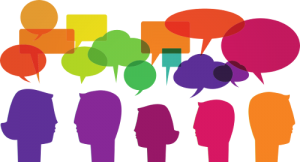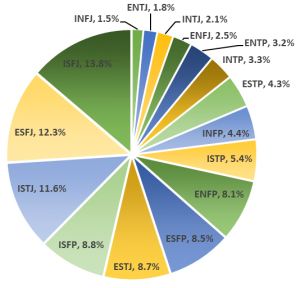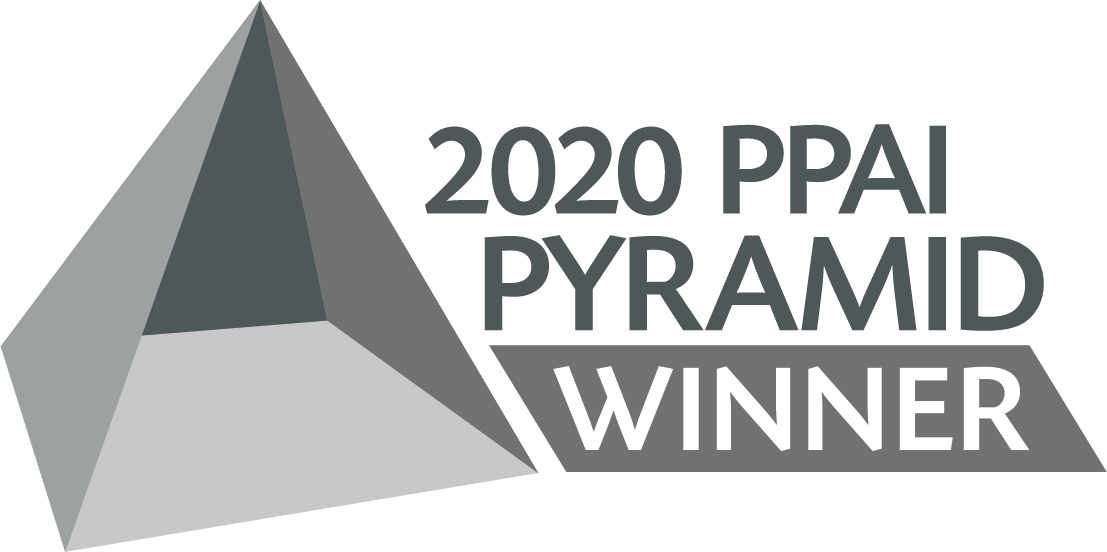Six of One: Adapting to Different Communication Styles
In the professional world, it’s virtually impossible to work without coming into contact with other people. In doing so, it immediately becomes apparent that everyone has their own communication style, which can vary widely from person to person. Previously, we’d discussed the BEST analysis, which breaks down people into four types: Bold, Expressive, Supportive, and Technical. There are, however, many other assessments, the most famous of which is arguably the Myers-Briggs Type Indicator® (MBTI). If you have a casual presence on social media, it’s likely that you’ve seen unofficial versions of this floating around. You can also take the official assessment online for a fee.
The MBTI categorizes people based upon four dichotomies. According to the Myers & Briggs Foundation, each dichotomy’s preferences are based upon the theory of psychological types described by Carl G. Jung, who posited that what seemed to be random variations in behavior are actually intrinsic to basic differences in people’s preferred use of their perception and judgment. He identified the types as:
- Extraversion (E) or Introversion (I)
- Sensing (S) or Intuition (N)
- Thinking (T) or Feeling (F)
- Judging (J) or Perceiving (P)
All of these preferences are combined into sixteen personality types, each of which has their own specific traits. For example, INTP-types such as myself prefer to explore ideas independently to draw a logical, objective conclusion. On the other hand, ESFJ-types prefer to work with a group to reach a harmonious consensus that fulfills emotional needs. As you can imagine, combining these personality types can be difficult! Unless we all live under rocks, however, interacting with a personality type not entirely in line with our own is inevitable. It can be frustrating when struggling with different approaches, but we all ultimately have the same goal: the success of our business.
Now, we obviously don’t go around with our MBTI types taped to our foreheads, so there’s no way to be certain of someone else’s type (unless they tell you, of course). If you work with someone, however, it can become fairly easy to guess at their type. Are they quiet in meetings, preferring to take in the information before adding their own input? They’re probably an I-type. Is their desk full of lists and schedules? You’re most likely dealing with a T-type. Do they tend to be pretty Zen about new situations and roll with changes? You may have a P-type on your hands. So what do you do if you’re an E, F, or J?
It comes down to knowing your own type and how you react to and integrate with particular situations. If you’re an E-type, for example, it may require something as slight as slowing your rate of speech to allow I-types time to absorb information. F-types may need to step back and disassociate their personal feelings, while J-types may need to open themselves more to new ideas. This article written by Liz Berney provides a starting point with several helpful tips for working with opposing personality types, and there are many other resources available on the web.
This isn’t to say that adapting to other communication styles is easy—it can be far from it—but the ability to do so is a necessary part of business. Whether you’re dealing with a vendor, coworker, or client, an inability to accommodate their different communication style can lead to missed opportunities, which benefits no-one. Be conscious of how your personality type affects your communication style and work to understand how others communicate, and you’ll find success.
What is your MBTI type? Do you have any tips for communicating with different personality types?



